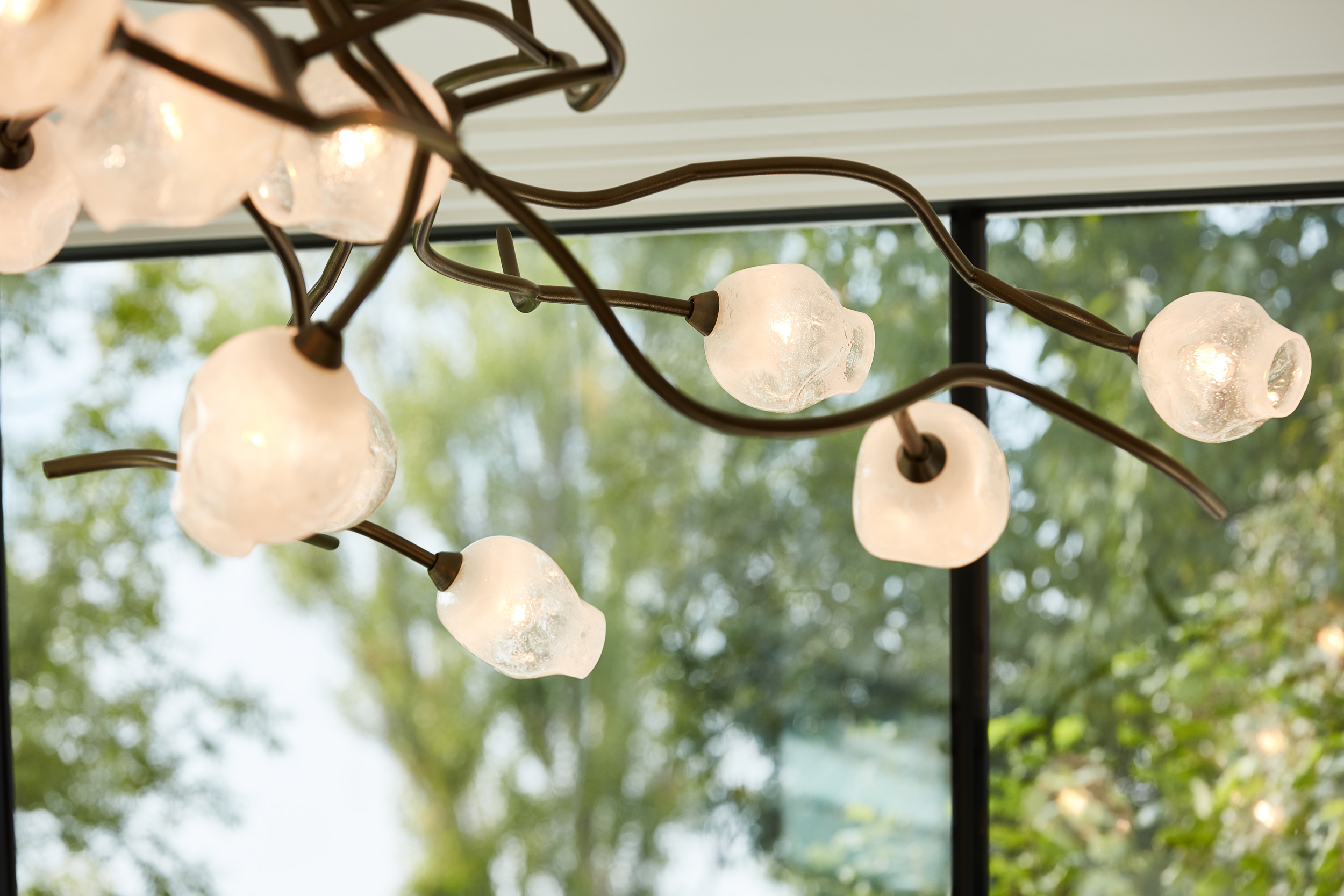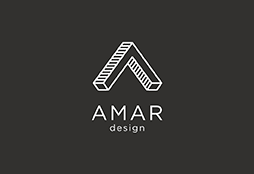
Világító műalkotások
Artist spotlight
In a modernised world, where industrial glassmaking prevails through the extensive use of architectural and other varieties of special glasses in production, maintaining the ancient art of hand-blown glass making requires dedication, persistence and, above all, belief.
Belief in preserving values beyond recognition that are considered to be part of the past, keeping a precious art form alive, while being on a quest to redefine its use for the 21st century. This is especially the case, when this quest transcends into a cultural mission of preserving historical traditions and the arts and crafts of a nation.
We all have heard of the great glassmakers of Murano, Italy and glassmaking centres in the United Kingdom such as Pilkingtons in St Helens, not even to mention the renowned Bohemian crystal in our geographical neighbourhood, but how many of us actually know that we are also a great glass making nation?
However, due to many circumstances, most of the traditional glass making hutas in Hungary do not operate any more. We preserved the crystal making company ‘Ajka Crystal’ and consider them as our sole forte in this field. Sadly, this demonstrates that we have started forgetting about our traditions, achievements and values.
Funnily enough, an English artist, James Carcass, is one of the few, if not the only one, who carries the torch for us, operating one of the very last Hungarian glass making workshops, a fully operational huta, with his wife Bernadett Hegyvári, who is also a glass artist.
It might seem like serendipity, or an act of God, after sending him my drawings for a lighting sculpture chandelier, that he embraced my idea and so our collaboration was born to create a lighting sculpture defeating the boundaries of physics, the medium and limitations of public remembrance.
Daring as it is, our common goal with our collaborative projects is to set the path for the future of the the Hungarian artisanal glass making industry, hoping that others will find inspiration and may join us. This idealistic and optimistic approach is a true luxury, making it also a luxury for anyone to own such a piece of living heritage.
With the line being blurred between art and other forms of design, there is a way to safely differentiate between the two, with the latter being produced in an industrial scale, or at least in a repeated manner.
Our creations are completely one-of a kind, with the entire process being very focused on material, texture and a tentative process aimed at the glass revealing the desired properties. Therefore, even on commission, no two pieces are the same, creations are envisaged for their unique dialogue with the relevant space, how they will glow when finally lit, emphasising the special characteristics and unrivalled beauty of the glass.
James currently exhibits with a number of UK galleries including Alexander Morgan Gallery, Epping and Montpellier Gallery, Stratford Upon Avon.
James states that
”I am currently working to find new ways of interpreting the material and techniques of glass. To free it from its close connection with utilitarian objects and find a new identity for the aesthetics and function of the material. I believe that this will be the only way to maintain any meaningful glassmaking activities in this part of the world. I am currently undertaking this research in my own workshop and at MOME, where I am studying as an MA student.
On my part, I was always fascinated with the works of international artists, who create freely, overstepping the ‘brackets’ in which we prefer to think and categorise artists and what they are meant to be good at. Many of the biggest names in todays’ art world produce art that is the result of a collaborative effort, in many cases, the intricate work of numerous craftsmen.
Lighting sculptures rise from this idea, to add art into a space in an unusual form, not as we traditionally perceived art as paintings or sculptures displayed on a pedestal, but to seamlessly integrate into the space and to elevate it.

